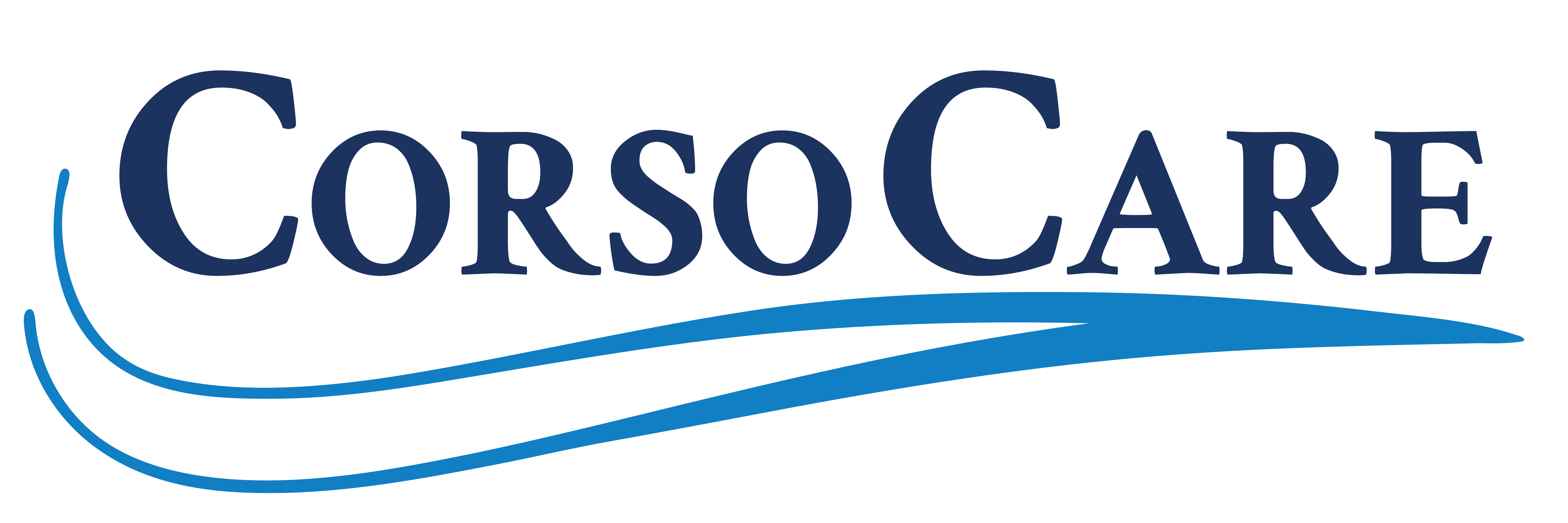
Symptoms of a Stroke
Knowing the signs and symptoms of stroke can be the difference between someone making a significant recovery or not. Because the moment someone suffers a stroke, time becomes the most critical factor.
Once a stroke occurs, the brain begins to lose function within three minutes. The amount of time the brain does not receive oxygen determines the extent of the permanent damage. And there is only a tiny window of time for stroke victims to receive life-saving treatment.
Which is why you need to spot symptoms of a stroke F.A.S.T.
F.A.S.T. Warning Signs
The acronym F.A.S.T is used by National Stroke Association to detect symptoms of a stroke:
- F – Face Drooping – Does one side of the face droop, or is the person experiencing numbness? Ask the person to smile. Is the person’s smile uneven?
- A – Arm Weakness – Is one arm weak or numb? Ask the person to raise both arms. Does one arm drift downward?
- S – Speech Difficulty – Is speech slurred? Is the person able to form entire sentences?
- T – Time to call 911 – If any of these symptoms are present, act fast and seek medical attention immediately.
Other Common Stroke Symptoms
You should also be on the lookout for the sudden onset of:
- Numbness or weakness in the face, arm, or leg, especially on one side of the body
- Confusion, trouble speaking or understanding speech
- Trouble seeing in one or both eyes
- Trouble walking, dizziness, loss of balance or coordination
- Severe headache with no known cause
The Rule of Three
If a patient arrives at the hospital within three hours of showing stroke symptoms, physicians can administer a potent clot-busting medication to help save critical brain tissue. But if more than three hours have passed, current clinical guidelines discourage using this method.
So it bears repeating: spotting stroke symptoms early can make all the difference.
